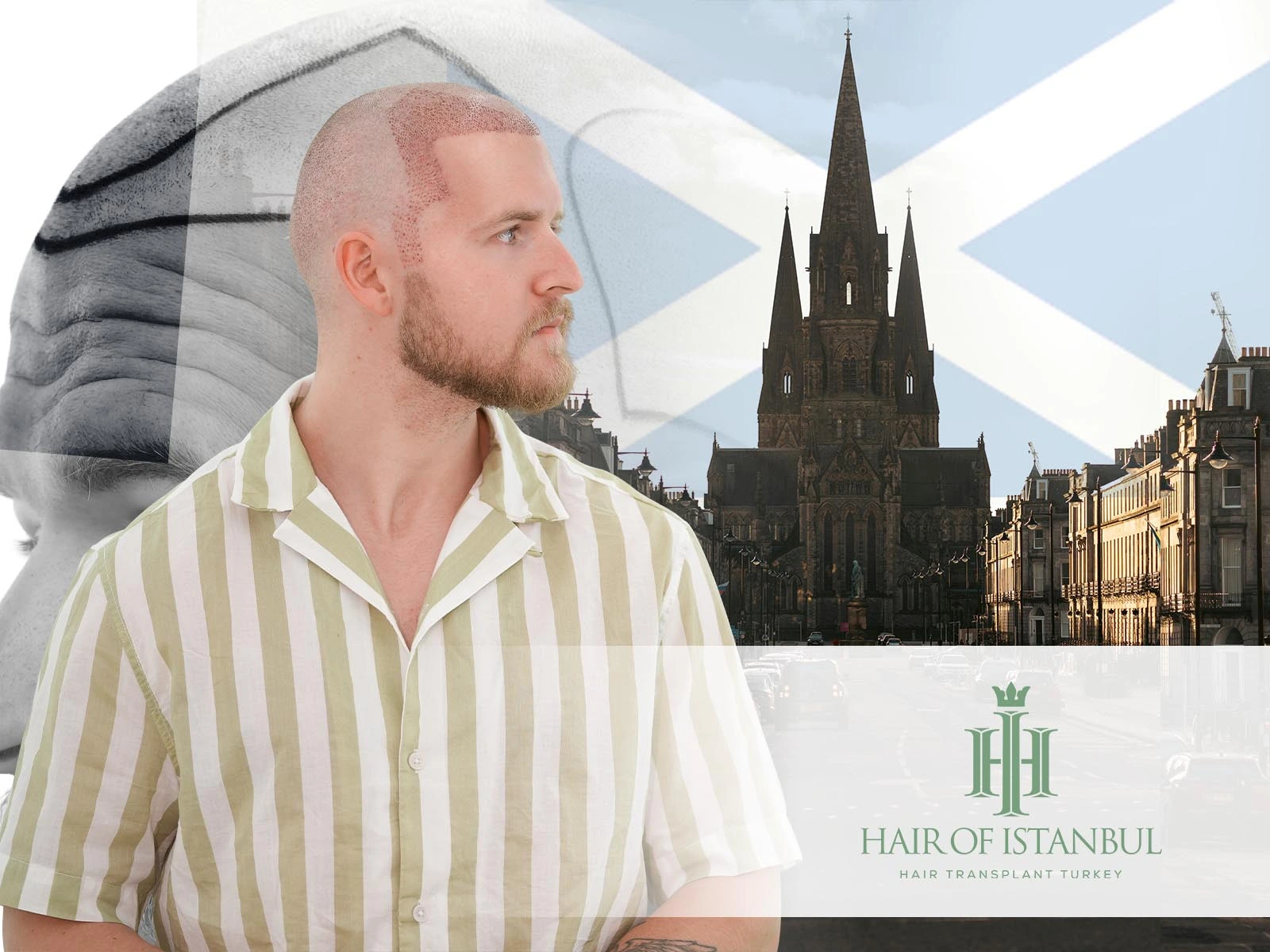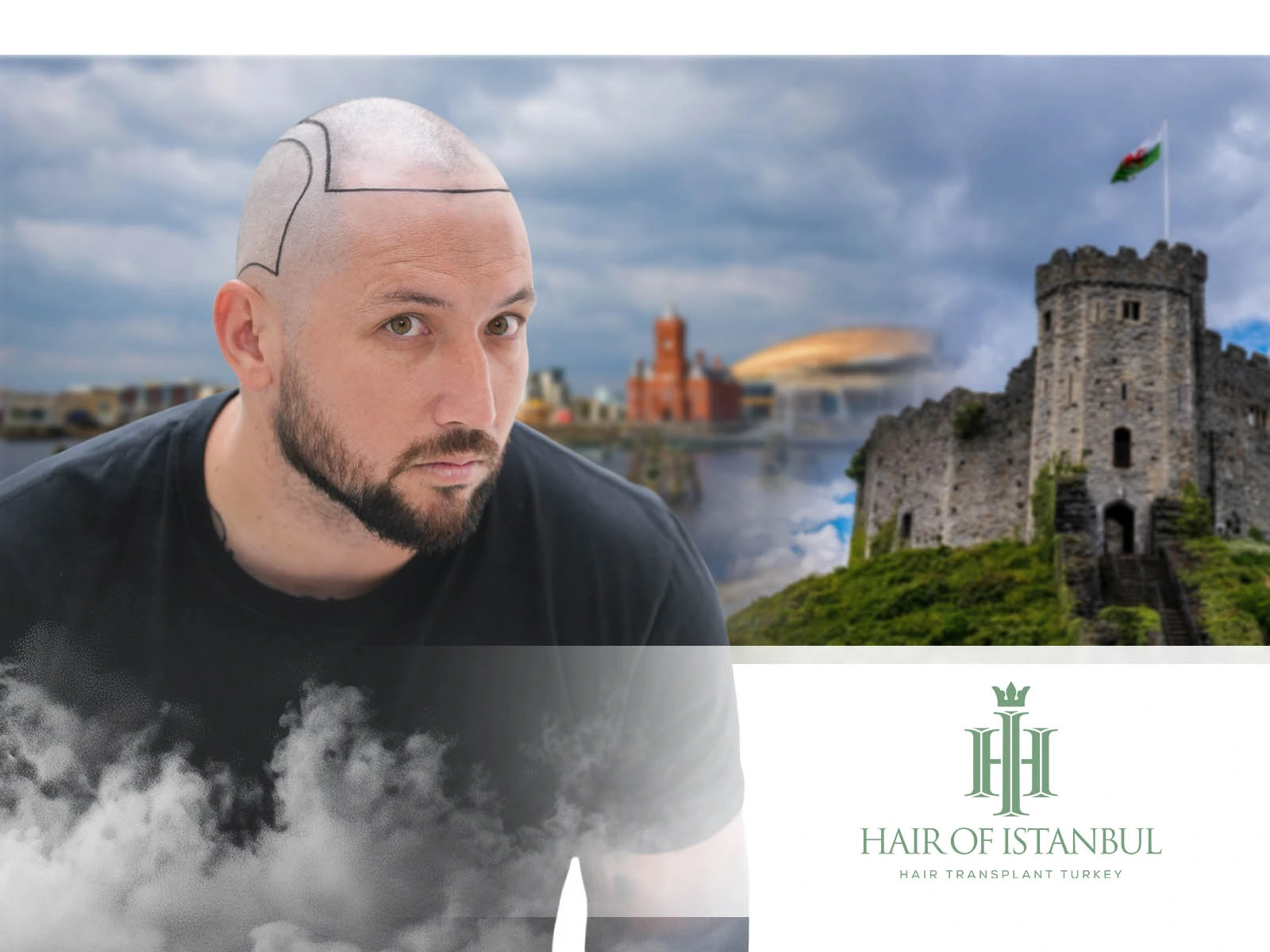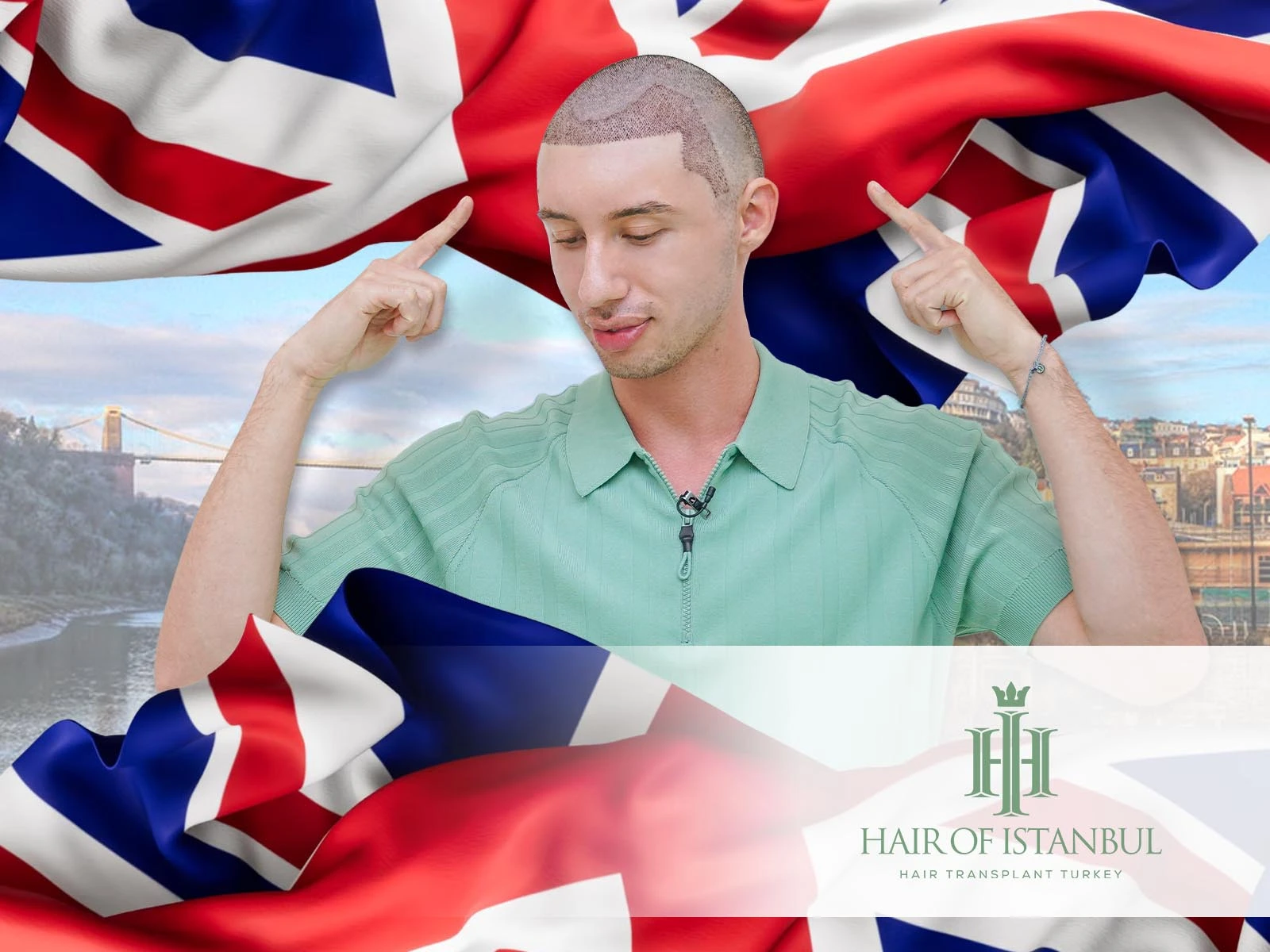Beard Hair Loss: Signs You Should Worry About!
Discovering unexpected gaps in your beard can be a surprising and sometimes alarming experience. While it’s common for facial hair to vary in density and fullness, certain patterns of loss might signal underlying issues worth your attention.
Not all beard hair loss is cause for concern, but knowing when to take action can make a significant difference. This guide delves into the signs that indicate it’s time to pay more attention to your beard’s health.
From temporary shedding to more persistent bald patches, we uncover the factors that contribute to facial hair loss and how to address them effectively. Read on to ensure your beard remains as robust and healthy as possible.
What Causes Beard Hair Loss?
Beard hair loss can be puzzling and concerning for many, leading to patchy areas that might affect one’s appearance and confidence. While the reasons behind this issue vary, most cases are not permanent, offering hope for recovery. [1]
Below, we explore the main causes that can lead to hair loss in the beard area, highlighting that factors range from autoimmune conditions to treatments for other health concerns.
| Alopecia Areata | An autoimmune disorder where T cells attack hair follicles, leading to well-defined, non-scarring hair loss patches. It can affect any body part, including the beard, termed as Alopecia Areata Barbae when it occurs in this area. |
| Fungal Infections | Conditions like tinea barbae can cause patchy hair loss due to fungal attack on the hair follicles in the beard area. |
| Chemotherapy | Treatment for cancer, which targets rapidly dividing cells, can inadvertently affect hair follicles, leading to hair loss including in the beard. |
| Psychological and Physical Stress | Stress is often linked to various forms of hair loss, including in the beard, due to its impact on the body’s systems. |
| Genetics | A predisposition to certain conditions like asthma, allergies, or alopecia itself can be inherited, influencing the likelihood of developing hair loss. |
Also Read: When Can I Exercise After Hair Transplant? Learn the Right Time!
Understanding Alopecia Barbae
Alopecia barbae is an autoimmune condition affecting the beard, resulting from white blood cells attacking hair follicles. This reaction can be triggered by a breakdown in the immune privilege of beard follicles. [2]
Most individuals experiencing this are middle-aged men, and research indicates a genetic component, with 20% to 42% of patients having a family history of similar conditions. The risk increases if there are relatives with other autoimmune disorders such as Type 1 diabetes, vitiligo, thyroid disorders, lupus, or psoriasis.
Diagnosing alopecia barbae involves a specialized trichologist examining the skin and hair under a microscope for distinctive signs. They look for features like exclamation mark hairs, which are small, broken hairs tapering towards the follicle, and short vellus hairs, often found around bald patches. Yellow, white, or black dots on the skin, indicating hairs that have broken or fractured before emerging, are also key indicators.
How Do Dermatologists Diagnose Alopecia Barbae?
To diagnose alopecia barbae, doctors, including dermatologists, employ a variety of methods beyond a visual examination. They might scrutinize hair loss patterns and hair samples under a microscope, which can reveal specific signs of this condition. [3]
Additional tests such as scalp biopsies and blood tests are often conducted to rule out underlying medical issues, including infections or other autoimmune diseases.
Despite the comprehensive approach, there’s no single test that definitively confirms alopecia areata; doctors typically assess the affected areas and may also examine the nails for related abnormalities, integrating these findings with test results to make a diagnosis.
Does Beard Alopecia Grow Back?
Hair loss from alopecia barbae is not always a permanent condition. In many cases, the hair can spontaneously regrow within 6 to 12 months without the need for any specific treatment. [4]
This cycle of hair falling out and regrowing can occur sporadically over a few years, with some areas experiencing regrowth while others may see new instances of hair loss.
Although there’s no cure for alopecia barbae, managing symptoms and supporting hair growth through treatments is possible, often leading to sustained regrowth over time.
Also Read: Which Season is the Best for Hair Transplant? Timing It Right!
How Much Beard Hair Loss Is Normal?
Experiencing beard hair loss can initially cause concern, but it’s often a normal part of hair growth. An average individual may lose between 50 to 100 beard hairs daily, which is considered perfectly normal. [5]
Given that a full beard can contain up to 10,000 to 20,000 follicles, the daily loss of 20 to 30 hairs barely impacts the overall density, accounting for less than 0.5% of the total. This minor loss is quickly compensated for by new hair growth, ensuring that the beard remains full and healthy-looking over time.
What Deficiency Causes Beard Loss?
Nutritional deficiencies can impact beard growth and health, leading to thinning or hair loss in some cases. Essential vitamins and nutrients play a significant role in maintaining the strength, density, and overall health of hair follicles. [6]
| Biotin (Vitamin B7) | Though rare in individuals with a typical Western diet, a lack of biotin can lead to thinning hair and hair loss. |
| Vitamin D | Deficiency in Vitamin D can cause hair loss and reduce hair density, as it is believed to stimulate hair follicles. |
| Vitamin E | Not as commonly linked to hair loss as others, Vitamin E is essential for healthy skin and hair. A deficiency may impair scalp health, affecting hair growth. |
| Vitamin A | Both an excess and a deficiency of Vitamin A can lead to hair loss. While necessary for hair growth, too much can have the opposite effect. |
Also Read: How Hair Loss Affects Self Esteem: Strategies to Cope!
Will Bald Spots in Beard Fill in?
Bald spots in the beard can be distressing, but they are not always permanent. Various conditions like alopecia, fungal infections, and the effects of chemotherapy can lead to temporary hair loss. [7]
Most individuals experience regrowth over time, though recurrence is possible. As beard culture continues to thrive, with projections indicating significant market growth, the desire for a full beard remains strong.
While some treatments like rosemary oil and finasteride are ineffective for facial hair growth, beard transplantation offers a more permanent solution for those looking to fill in bald spots. This approach is becoming increasingly popular as a way to restore confidence and enhance appearance.
What You Can Do About Beard Hair Loss?
Incorporating hair transplantation into the treatment options offers a more permanent solution for those struggling with persistent beard hair loss. This procedure involves transferring hair follicles from one part of the body to the beard area, filling in bald spots with natural-looking results.
| Platelet-Rich Plasma Therapy | Involves injecting your own platelets into the beard area to encourage hair growth through the body’s natural healing processes. |
| Low-Level Laser Therapy | Uses specific wavelengths of light to stimulate hair follicles, promoting regrowth in patchy beard areas. |
| Corticosteroids | Anti-inflammatory medications that suppress the immune system to reduce inflammation around hair follicles. |
| Diphencyprone (DPCP) | A topical immunotherapy that triggers an allergic reaction, which in turn can stimulate hair growth. |
| Beard Transplantation | A surgical procedure that moves hair follicles from a part of the body to the beard area, offering a permanent solution to bald spots. |
*Beard transplantation, while more invasive than other options, can provide a lasting solution for those seeking to restore their beard to its full potential.
Also Read: M-Shaped Hairline: The Ultimate Guide to Understanding
FAQ
Does Patchy Beard Mean Low Testosterone?
Having a patchy beard is not an indication of low testosterone levels. Men with uneven beard growth typically have normal testosterone levels, showing that sparse facial hair is not a sign of hormonal deficiency. [8]
The crucial aspect influencing beard fullness is the sensitivity of hair follicles to dihydrotestosterone (DHT), a derivative of testosterone, rather than the quantity of testosterone itself. This sensitivity varies from person to person, affecting the pattern and density of beard growth.
Does Shaving Increase Beard Growth?
Shaving does not affect the thickness, color, or growth rate of beard hair. Many believe that shaving makes facial hair grow back thicker, but in reality, it has no impact on the way hair grows or on the hair follicle itself. [9]
To maintain a smooth and well-groomed beard, consider using beard balms and oils. While trimming or shaving doesn’t directly stimulate beard growth, it plays a crucial role in maintaining the health of your hair.
Also Read: First Haircut After Hair Transplant: When to Schedule It?
CONCLUSION
In wrapping up our discussion on “Beard Hair Loss: Signs You Should Worry About,” it’s clear that understanding the underlying causes and recognizing when to seek professional advice is crucial.
While some hair loss can be attributed to natural cycles and genetics, other instances may signal health issues that require attention. At Hair of Istanbul, we’re committed to providing comprehensive care for those facing beard hair loss, offering state-of-the-art treatments tailored to each individual’s needs. Our approach combines advanced technology with a deep understanding of hair growth patterns, ensuring optimal outcomes for our clients.
Remember, early intervention is key to addressing hair loss effectively. If you’re noticing signs that concern you, don’t hesitate to reach out to us. Together, we can work towards restoring your beard’s fullness and your confidence.
References:
- [1/3] Emily Cronkleton, Feb 1, 2023 – Alopecia Barbae: How to Treat Bald Spots on Your Beard – https://www.healthline.com/health/alopecia-barbae
- [2] J. Clin Med, Jul 20, 2023 – Beard Alopecia: An Updated and Comprehensive Review of Etiologies, Presentation and Treatment – https://www.ncbi.nlm.nih.gov/pmc/articles/PMC10381635/
- [4] Hims, Unknown Date – Alopecia Barbae: Why Beard Hair Loss Happens and How to Treat it – https://www.forhims.co.uk/blog/alopecia-barbae-beard-hair-loss-happens-how-treat-it
- [5] Helene, Nov 2, 2022 – How Much Beard Hair Loss Is Normal? – https://beardtransplantation.com/how-much-beard-hair-loss-is-normal/-
- [6] Vibrant Dermatology, Aug 29, 2023 – Uncovering the Biggest Vitamin Deficiencies That Cause Hair Loss – https://vibrantdermatology.com/uncovering-the-biggest-vitamin-deficiencies-that-cause-hair-loss
- [7] Wimpole Clinic, Sep 4, 2022 – How to fix Beard Bald Spots – https://wimpoleclinic.com/blog/bald-patches-treatment-advice/
- [8] Graham Flanagan, Dec 7, 2018 – Some Men Can’t Grow Beards And Facial Hair; A Dermatologist Explains – https://www.businessinsider.com/beards-facial-hair-men-cant-grow-dermatologist-testosterone-2018-11
- [9] Mayo Clinic, Dec 23, 2021 – Does Shaving Unwanted Body Hair Makes It Grow Back Thicker And Darker? – https://www.mayoclinic.org/healthy-lifestyle/adult-health/expert-answers/hair-removal/faq-20058427







